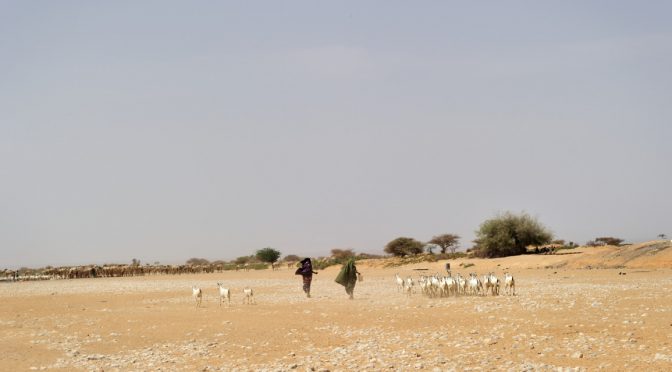Somalia, a country located in the Horn of Africa, has been plagued by decades of civil war, drought, and famine. Despite these challenges, the nation is now poised to harness its abundant renewable energy resources, particularly solar and wind power, to transform its energy landscape and propel itself towards a more sustainable and prosperous future.
Somalia’s strategic location along the equator provides it with an average of 3,000 hours of sunlight per year, making it an ideal candidate for solar power generation. Moreover, the country’s long coastline and vast plains offer ample opportunities for wind power development. In fact, studies have shown that Somalia has the potential to generate up to 110,000 MW of wind power, which is more than enough to meet its current energy needs and even export surplus energy to neighboring countries.
The benefits of harnessing solar and wind power in Somalia are manifold. Firstly, it would provide a clean and sustainable source of energy, reducing the country’s reliance on fossil fuels and lowering greenhouse gas emissions. This is particularly important given the increasing global awareness of climate change and the need for countries to transition towards low-carbon economies.
Secondly, investing in renewable energy infrastructure would create much-needed jobs and stimulate economic growth in a country that has been ravaged by conflict and poverty. This would not only improve the quality of life for millions of Somalis but also contribute to long-term stability and peace in the region.
Thirdly, expanding access to electricity through solar and wind power would have a transformative impact on rural communities in Somalia, where only a small fraction of the population currently has access to electricity. This would enable the provision of essential services such as healthcare, education, and communication, which are crucial for social and economic development.
Despite the immense potential of solar and wind power in Somalia, there are several challenges that need to be addressed in order to fully realize this potential. One of the main obstacles is the lack of a stable and functioning government, which has made it difficult to implement large-scale infrastructure projects and attract foreign investment. However, recent political developments, such as the formation of a new federal government and the ongoing efforts to establish a legal and regulatory framework for the energy sector, are promising signs that the country is moving in the right direction.
Another challenge is the high upfront cost of renewable energy technologies, which can be a significant barrier for a country with limited financial resources. To overcome this hurdle, Somalia will need to tap into international financing mechanisms, such as the Green Climate Fund and the World Bank, as well as forge partnerships with private sector investors and development agencies.
Furthermore, building the capacity of local institutions and communities to manage and maintain renewable energy systems is crucial for the long-term success of these projects. This will require targeted investments in education and training, as well as the development of local supply chains and industries to support the renewable energy sector.
In conclusion, harnessing solar and wind power holds the key to unlocking Somalia’s vast renewable energy potential and transforming its energy landscape. By investing in clean and sustainable energy sources, the country can not only reduce its dependence on fossil fuels and mitigate the impacts of climate change but also create jobs, spur economic growth, and improve the lives of millions of its citizens. While there are undoubtedly challenges to overcome, the opportunities presented by solar and wind power are too great to ignore, and with the right policies and partnerships in place, Somalia can chart a new course towards a brighter and more sustainable future.


